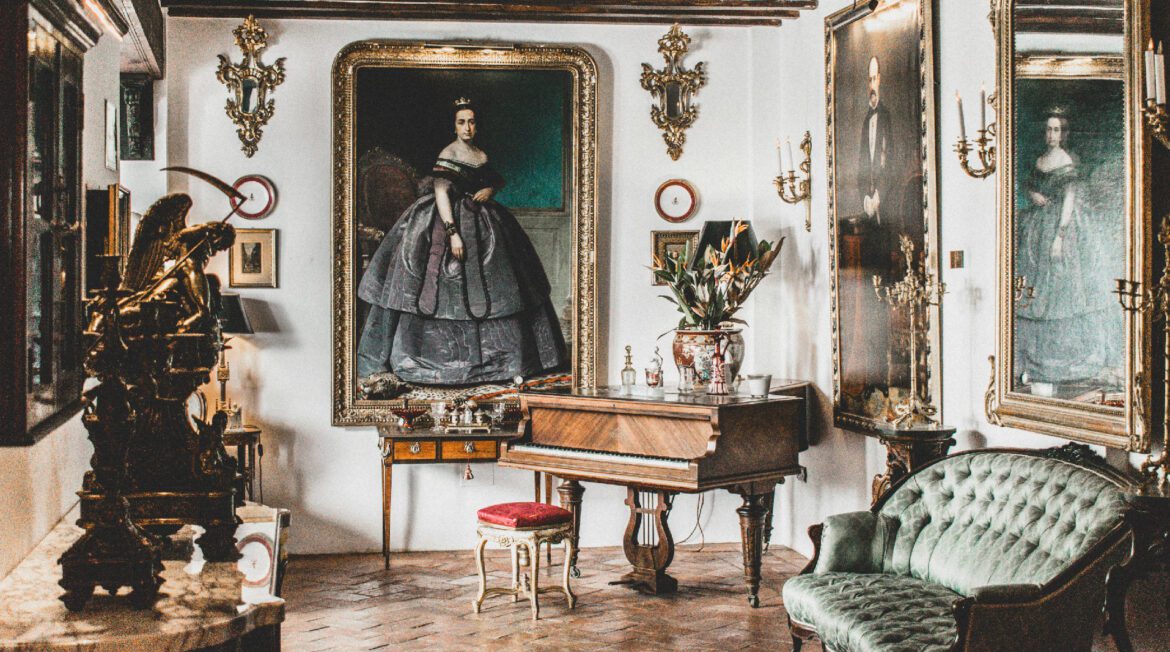Collectibles, by definition, are often imbued with sentimental value and a feeling of nostalgia. From vintage toys and rare comic books to limited edition art pieces, these personal treasures both represent moments of our history and connect us with good times.
High-quality collectibles, however, are not immune to the passage of time and environmental factors that can dull their appearance and threaten their worth beyond our personal connection with them. Knowing how to care for collectibles and protect them over time will help us to ensure their value and the nostalgia they evoke remains vivid and untarnished.
The Smithsonian Institution employs a comprehensive and meticulous approach to preserving its extensive and diverse collections, encompassing artifacts, specimens, artworks, and cultural objects. While our personal collections may or may not retain such value, there are still ways that we can use the knowledge of the masters of preservation in taking care of our own treasures.
To begin with, documentation practices are integral to preservation. Each item in the Smithsonian collection is thoroughly documented, including its historical context, condition, and any conservation treatments. This information helps the museums in informed decision-making regarding storage, display, and conservation priorities.
For personal collections, creating a catalog or inventory of the collectibles, including photographs and detailed descriptions will aid in tracking changes over time and provides important information for future preservation efforts. If it is an insurable collection, the documentation will also help in preserving the collectible’s insurance value.
The Smithsonian also has state-of-the-art storage facilities equipped with climate-controlled environments, proper shelving, and security measures. Objects are stored in archival materials and stable conditions to prevent physical damage.
Depending on your personal collection, being aware of the damaging effects of direct sunlight and fluctuations in temperature and humidity, as well as using appropriate storage materials and display practices will help ensure your collections last over time. For example, furs require a cool, humidity-controlled environment, and many paintings and works of art will fade in direct sunlight.
Finally, emergency preparedness and preventative conservation can help you feel comforted in case something were to happen to your valuable pieces. The Smithsonian has robust emergency preparedness plans to address unforeseen events such as natural disasters, fires, or other emergencies. These plans include evacuation protocols, salvage procedures, and coordination with local emergency services. While your collectibles may or may not require strict procedures, knowing what to do in case will give you peace of mind.
Preserving the quality of collectibles, especially high-value collectibles involves a combination of thoughtful storage, careful handling, proper recording, and proactive preparation efforts. Treating these items as cultural artifacts worthy of safeguarding will not only protect your personal connection to them, but also ensure that you and your future generations can enjoy and share stories about them.

